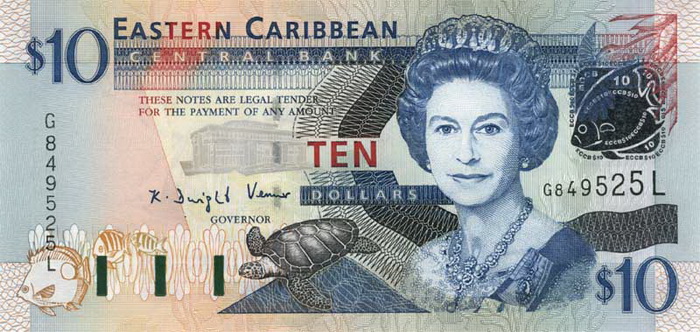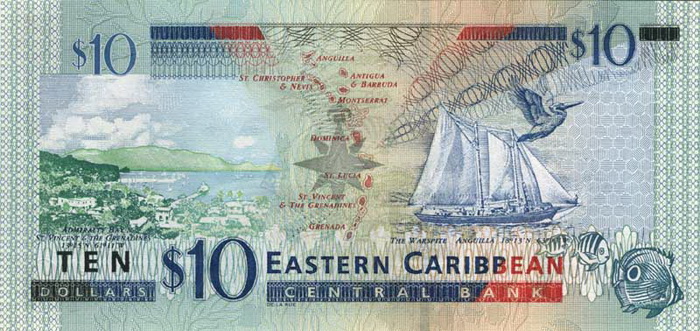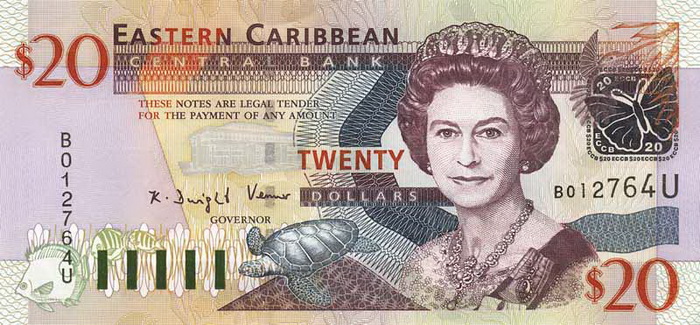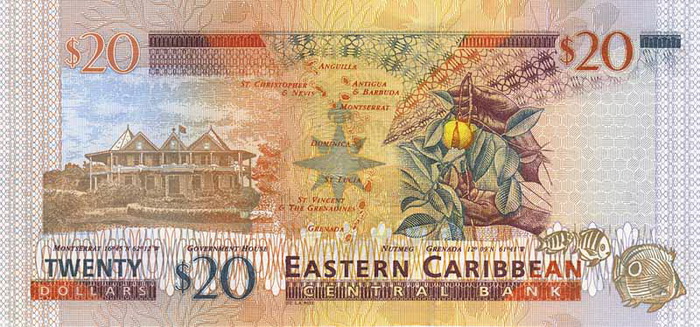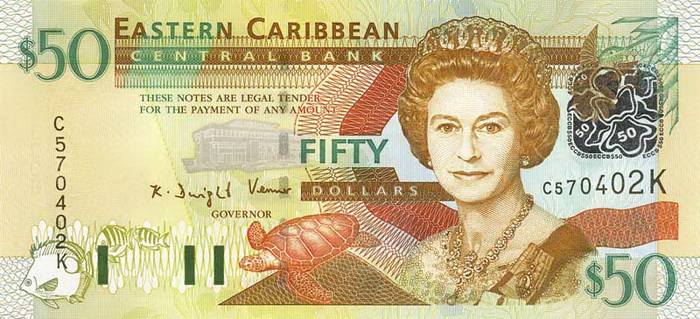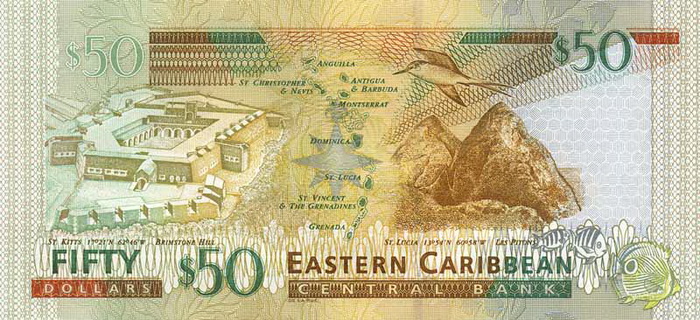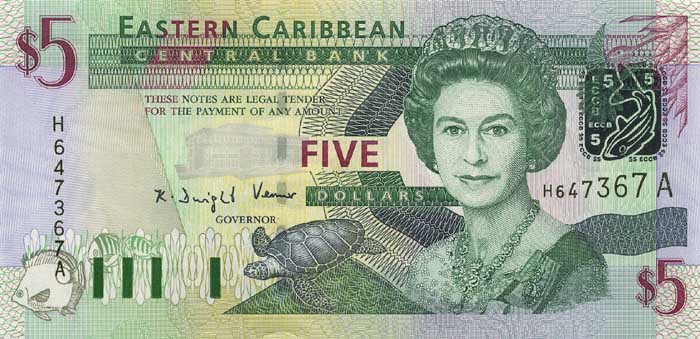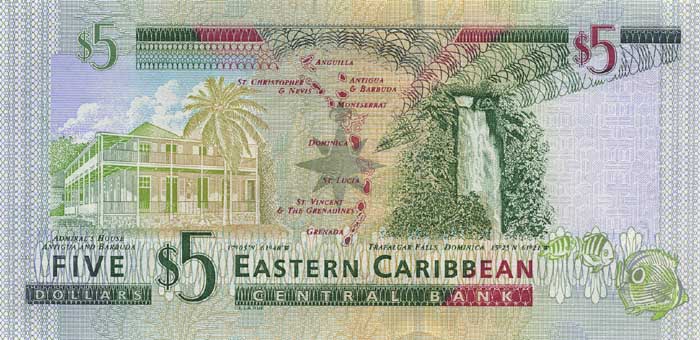Discovering Antigua and Barbuda
Antigua and Barbuda, a stunning dual-island nation located in the West Indies, lies east-southeast of Puerto Rico, about 100 km north of Guadeloupe. This beautiful destination is part of the Leeward Islands and consists of two primary inhabited islands: Antigua and Barbuda, along with several smaller isles and the uninhabited Redonda island, situated approximately 50 km west-southwest of Antigua. The country shares maritime borders with Saint Kitts and Nevis, Anguilla (UK), Montserrat (UK), and Saint Barthélemy (France). With a total area of 442 km², Antigua and Barbuda is slightly smaller than Andorra, yet it is about 2.5 times bigger than Washington, DC.
Geographical Features
The stunning landscape of Antigua and Barbuda features several remarkable geographical attributes. For instance, the highest point in this archipelago is Mt. Obama, previously known as Boggy Peak, which rises to 402 m (1,319 ft). This majestic hill stands proudly on the island of Antigua and was named in honor of U.S. President Barack Obama. Furthermore, the archipelago boasts a man-made lake known as Potworks Dam, which is the largest source of freshwater in the Caribbean, measuring nearly two km in length and one km in width.
Demographics and Languages
As of 2016, the population of Antigua and Barbuda reached approximately 89,000 people. The majority of the populace resides on Antigua, while Barbuda remains largely uninhabited. St. John's, located on Antigua, serves as the capital and the largest city. The official language of this dynamic nation is English, complemented by the unique Antiguan Creole. Citizens identify themselves as Antiguan or Barbudan, which reflects their rich cultural heritage.
Rich Historical Background
The history of Antigua and Barbuda is as vibrant and diverse as the culture it represents. The islands were initially inhabited by Amerindian tribes long before European contact. In 1493, Christopher Columbus "discovered" Antigua and named it “Santa Maria de la Antigua.” Following Columbus's arrival, various settlements by Spanish and French colonizers emerged, but it was the English who ultimately claimed the territory, establishing a colony in 1667. Consequently, the implementation of slavery on sugar plantations became a significant part of the economy during this period.
In 1981, Antigua and Barbuda achieved independence, marking a pivotal moment in its history. Despite this, the nation retains numerous British influences, reflecting its deep-rooted colonial legacy. Festivals, tea times, and the monarchy still play a role in Antiguan and Barbudan culture.
Government Structure
The political framework of Antigua and Barbuda is a constitutional monarchy, whereby power resides within a parliamentary structure modeled after the Westminster system. The current head of state is Queen Elizabeth II, establishing a formal link with the United Kingdom. The nation declared its independence from British rule on November 1, 1981, shaping its modern political identity. The constitution, enacted in 1981, serves as the foundation of governance in this island nation.
Climate and Environment
Characterized by a tropical maritime climate, Antigua and Barbuda enjoys pleasant weather year-round, thanks to persistent trade winds. This delightful atmosphere encourages both residents and tourists to experience outdoor endeavors, showcasing the natural beauty that envelops the islands. The terrain is predominantly low-lying, featuring a combination of volcanic and coral landscapes. The highest elevation across the islands reaches approximately 405 m (1,330 ft).
Diverse Population
The ethnic composition of Antigua and Barbuda primarily consists of individuals of African descent, complemented by communities of British, Portuguese, and Levantine Arab lineage. This remarkable mix of backgrounds enriches the cultural tapestry of the islands. Although the predominant religion is Anglican, the islands are home to a variety of faiths, with evangelical Protestant and Roman Catholic groups forming significant minorities. The literacy rate in the nation stands impressively at 90%, indicating a strong emphasis on education.
Economy and Natural Resources
Tourism serves as the backbone of Antigua and Barbuda’s economy, drawing visitors from across the globe to experience the enchanting beaches and vibrant local culture. The islands also engage in agriculture, producing cotton, fruits, vegetables, bananas, coconuts, cucumbers, mangoes, and sugarcane, along with livestock. Additionally, light manufacturing industries thrive, focusing on clothing, alcohol production, and household appliances.
Exports include commodities such as petroleum products, bedding, handicrafts, electronic components, transport equipment, food, and live animals. Conversely, the country relies on imports for various necessities, such as food, machinery, chemicals, and oil. The primary trading partners for Antigua and Barbuda encompass the USA, UK, Canada, China, and other nations within the CARICOM region.
Cultural Heritage
The cultural scene in Antigua and Barbuda is vibrant and diverse, reflecting the rich history and traditions that converge in this island nation. Annual festivals, traditional music, and dance play a significant role in celebrating local heritage. The renowned Antigua Sailing Week, for example, attracts sailing enthusiasts from around the world, highlighting the islands' commitment to maritime culture.
Another vital aspect of culture is the culinary landscape, which showcases delicious dishes influenced by African, British, and Caribbean flavors. Local specialties include lobster, crayfish, and the mouth-watering Antigua black pineapple, celebrated for its distinct taste. This gastronomic variety draws food lovers eager to explore the unique flavors of Antigua and Barbuda.
Conclusion
In summary, Antigua and Barbuda presents a compelling blend of natural beauty, rich history, and cultural vitality. As a destination rich in experiences, visitors can enjoy stunning landscapes, delve into captivating traditions, and savor mouth-watering cuisine. While navigating this picturesque island nation, one cannot help but fall in love with Antigua and Barbuda.
Largest cities of: Antigua and Barbuda
| City Name | Population | Year of foundation | |
| Saint John's | 22,000 | 1632 | |
| All Saints | 2,000 | 1632 | |
| Liberta | 1,800 | circa 1632 | |
| Parham | 1,500 | 1735 | |
| Willikies | 1,300 | n/a |
Antigua and Barbuda: Money
